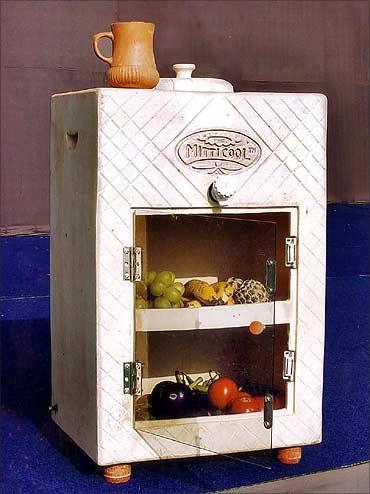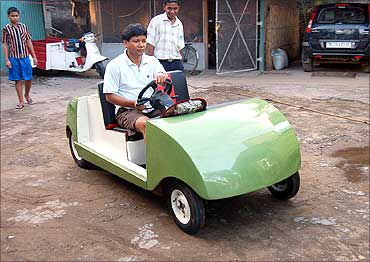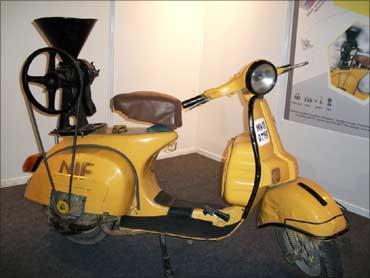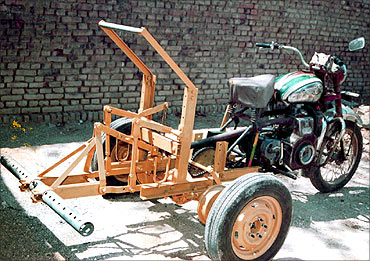 | « Back to article | Print this article |
Why India ranks low in INNOVATION
Last year, Big Bazaar in Ahmedabad started selling an earthen refrigerator or mitti ka fridge, an innovation recognised by the National Innovation Foundation (NIF). There are 50 such innovations by unknown villagers from across the country, which Big Bazaar has agreed to vend under a Memorandum of Understanding signed last year.
It has also offered to identify small enterprises which would manufacture these. But, such achievements of the Khoj laboratory under NIF, an autonomous body of the Ministry of Science and Technology, are just a drop in the ocean.
Click NEXT to read on
Why India ranks low in INNOVATION
However, the NIF has been struggling with a budget of just Rs 1.5 crore, which is the interest earned from a corpus of Rs 20 crore (Rs 200 million).
Why India ranks low in INNOVATION
With the pittance of Rs 1.5 crore (Rs 15 million), the NIF was supposed to identify innovators, get them patents (applying for a patent cost Rs 1.5 lakh till last year when the NIF came up with a strategy that brought down the cost), and help them manufacture and sell.
Around 200 patents were filed in March 2011 by NIF through pro bono help of large number of patent firms.
Click NEXT to read on
Why India ranks low in INNOVATION
"There is nothing much in this country to support innovation," he says.
The international business school INSEAD recently brought out its third consecutive Global Innovation Index, in which India has come down from a ranking of 56 last year to 62 this year among 125 countries.Click NEXT to read on
Why India ranks low in INNOVATION
Click NEXT to read on
Why India ranks low in INNOVATION
Click NEXT to read on
Why India ranks low in INNOVATION
The least the innovators need is to be identified and aided by an angel investor. Neither are they identified nor is there any angel investor for them in India, says Gupta.
"We would start an angel fund once we get more funds," he says.
Click NEXT to read on
Why India ranks low in INNOVATION
Gupta says the first step is to use existing networks like those of postmen to become catchment points for innovations.
NIC recently wrote to postal department and after years of struggling with this idea, some action may take place.







